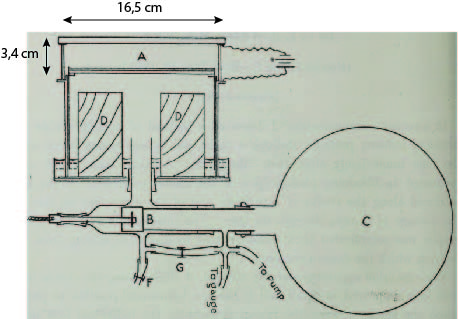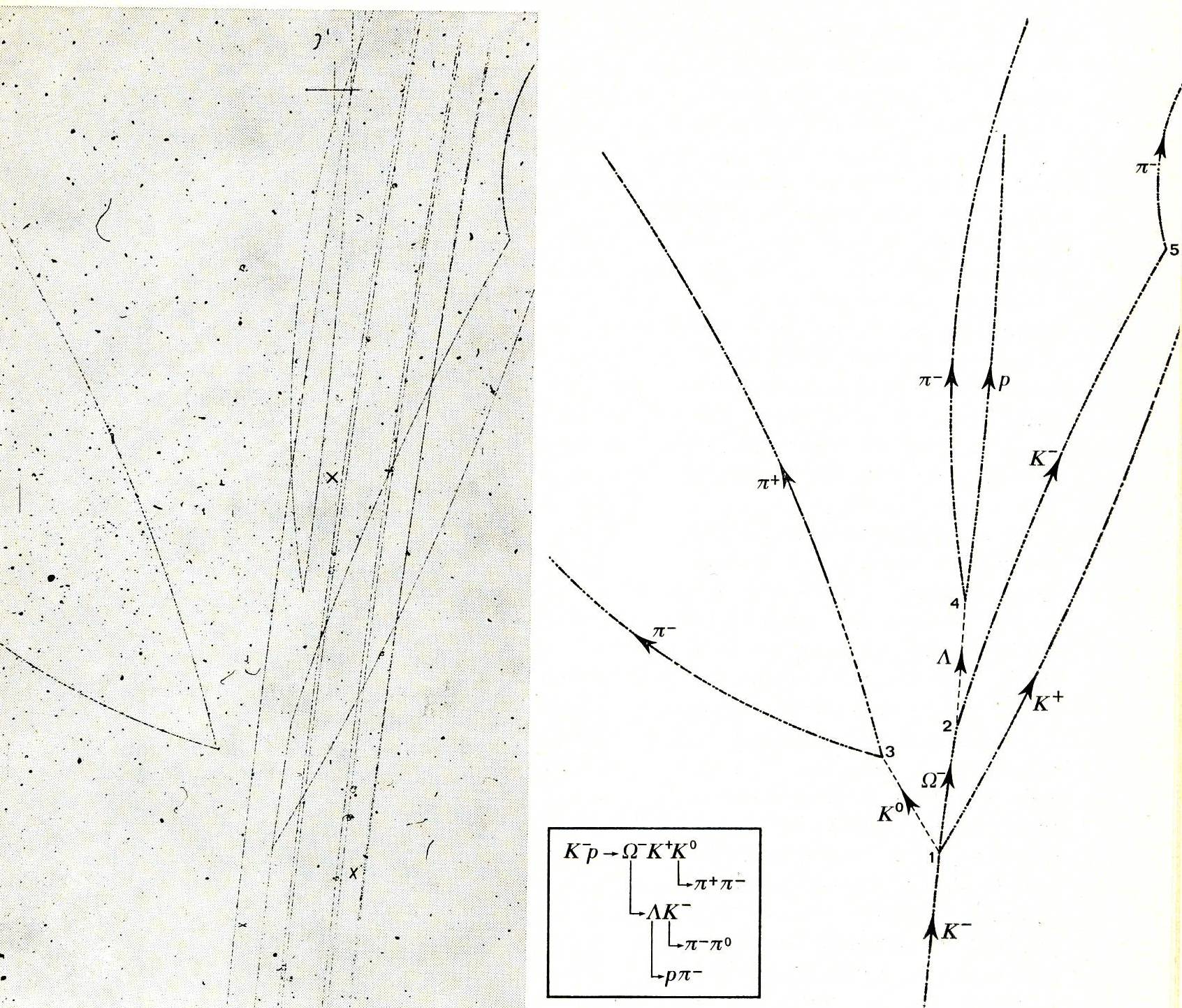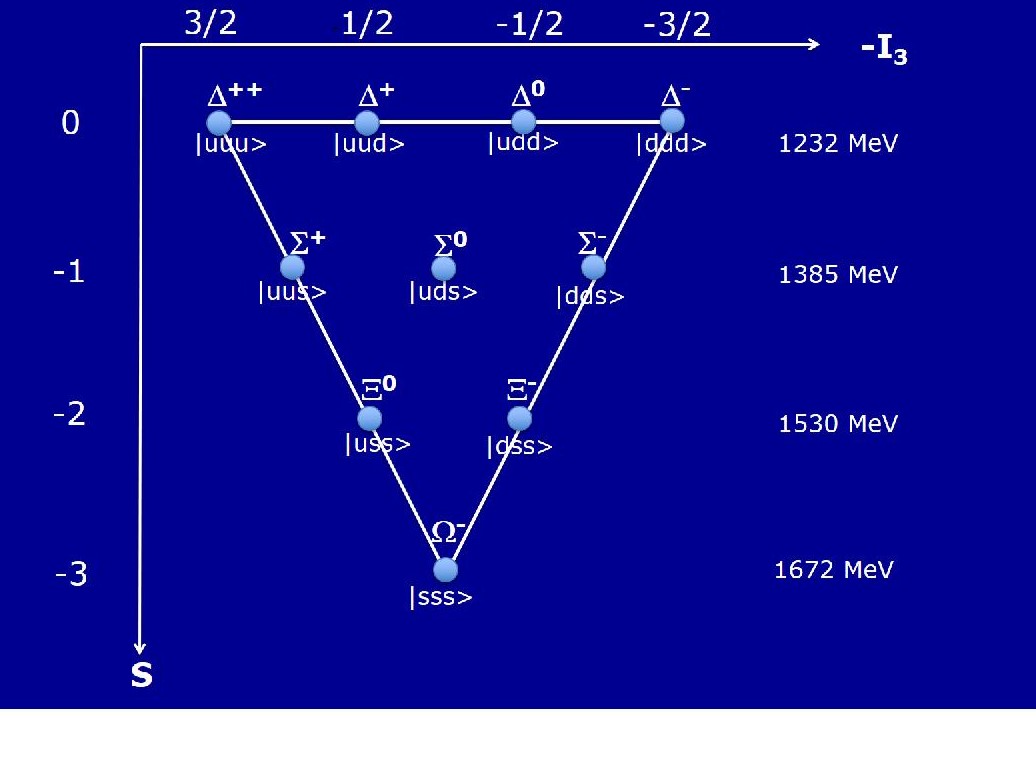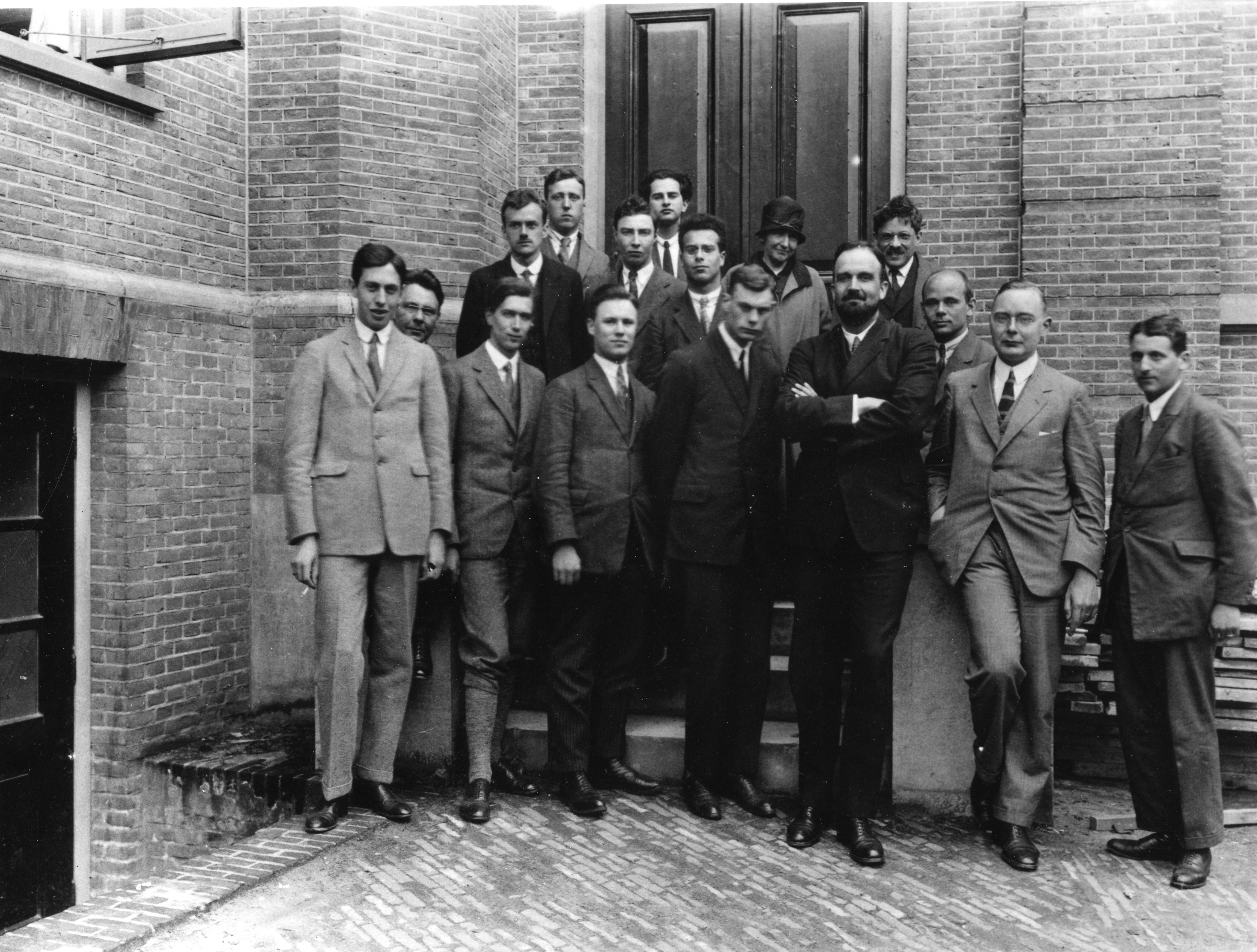A little bit of history:
How quarks made their entrance in our worldview here.
And in Dutch hier deel 1 van het NTvN artikel. En deel 2 hier
Historical perspective on the discovery of
the Lorentz transformations (in Dutch)
(published in Nederlands Tijdschrift voor Natuurkunde
in november 2020, december 2020):
deel 1 (tot 1892) en deel 2 (t/m 1905)
History of the Zeemaneffect (in Dutch) deel 1 en
deel 2 in Nederlands Tijdschrift voor Natuurkunde november 2021, december 2021.
The discovery of the electron Thomson and more (Wilsonchamber). (in Dutch). Reprint deel 1 hier en reprint deel 2 hier
And what would this be?

It is C.T.R. Wilson's 1911 expansion cloud chamber, showing tracks of ionizing particles for the first time. Here is a remarkable
quote from Schrödinger's 1933 Nobel lecture: The smallest, elementary components of matter which we today, much
more specifically, call "mass points", were purely hypothetical at the time.
It was only after the discovery of radioactivity that constant refinements of
methods of measurement permitted the properties of these particles to be
studied in detail, and now permit the paths of such particles to be photographed
and to be measured very exactly (stereophotogrammetrically) by
the brilliant method of C. T. R. Wilson. As far as the measurements extend
they confirm that the same mechanical laws are valid for particles as for large
bodies, planets, etc. However, it was found that neither the molecule nor
the individual atom can be considered as the "ultimate component": but
even the atom is a system of highly complex structure.'
The discovery of the bubble chamber and discoveries with the bubble chamber deserve a separate chapter, work in progress.

Production of the Ω minus particle recorded by the CERN 2m hydrogen bubble chamber. A beam of (8) K minus particles with a momentum of 4.2 GeV/c enters from below. One beam particle hits a stationary proton producing Ω as explained in the drawing on the right. The discovery of the Ω minus (1964, Brookhaven) gave a firm basis to the quark model by completing the baryon decuplet depicted below.

A remarkable discovery, back in 1957, of muon-catalyzed fusion by the Alvarez-group, using a very early, tiny, hydrogen bubble chamber. Have a loook
here .
A brief history of bubble chambers is 'work in progress', to appear here.
Going through piles of old documents to be archived (or thrown away) I found a remarkable preprint of a book chapter (never published as far as I know) by
L.W. Alvarez (1968 Nobel Prize). See
this for a copy and
this for a comment in Dutch
A picture, many stories.

Picture taken in 1927 in front of the Physics Lab. (‘Natuurkundig laboratorium’) in Leiden with a.o. Dirac and Oppenheimer and one of the Woltjer brothers to who we have dedicated a separate article. A reprint from NTvN in Dutch is here. Meanwhile we have identified the three unknown persons as Casimir, Møller, Krans. Here is a preprint .
Note added: we had to update the addendum, or rather correct it. Our identification of Møller was erroneous. Update here .



